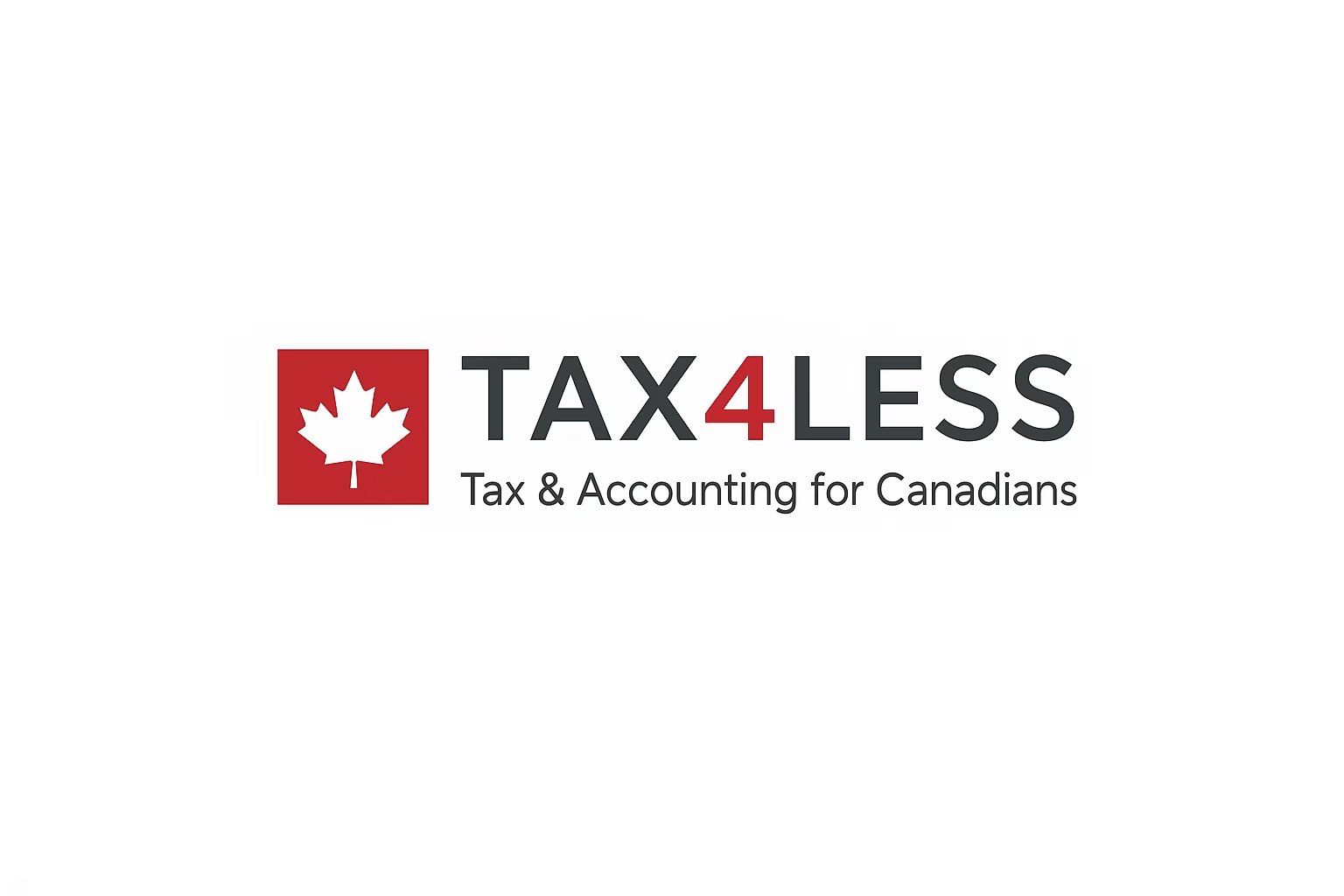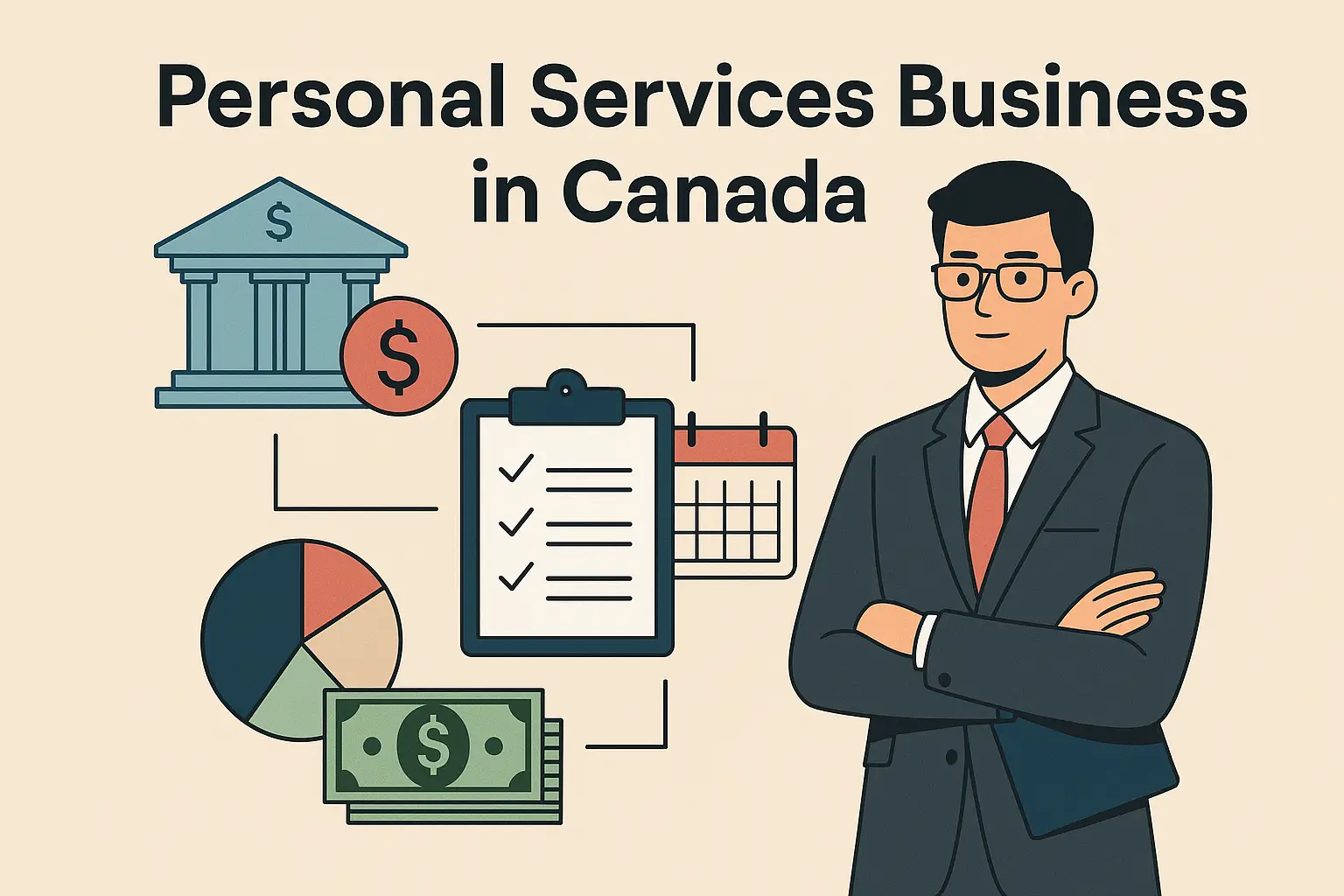RRSP Withdrawals: Smart Strategies to Minimize Taxes and Maximize Gains
Registered Retirement Savings Plans (RRSPs) are one of the most powerful tax tools available to Canadians. But most people only focus on contributing—not withdrawing. The truth is, the way you withdraw from your RRSP can be just as important as how you contribute. Withdraw wrong, and you’ll trigger unnecessary taxes. Withdraw smart, and you can lower your tax bill, manage capital gains, and even buy your first home.
Here’s how RRSP withdrawals work, when to take money out, and how to use your RRSP to your advantage at every stage of life.
How RRSP Withdrawals Are Taxed
RRSPs are tax-deferred, not tax-free. You don’t pay tax on the money you put in, but you do pay tax when you withdraw. The withdrawals are treated as regular income in the year you take the money out, and financial institutions are required to withhold a portion for taxes upfront.
Here’s the standard RRSP withholding tax in Canada (outside Quebec):
| Withdrawal Amount | Withholding Tax |
|---|---|
| Up to $5,000 | 10% |
| $5,001–$15,000 | 20% |
| Over $15,000 | 30% |
But the actual tax you owe may be higher or lower, depending on your total income for the year. When you file your tax return, the final calculation happens, and you might owe more—or get a refund if too much was withheld.
When to Withdraw From Your RRSP
1. Low-Income Years: Take Advantage of Lower Tax Brackets
If you’re between jobs, starting a business with little income, or taking a sabbatical, that might be a smart time to make an RRSP withdrawal. Why? Because you’ll likely be in a lower tax bracket, meaning you’ll pay less tax on your RRSP income.
This strategy is especially useful for people who expect their retirement income to be similar to their working income. If you can spread withdrawals across multiple years when you’re earning less, you avoid taking out large lump sums later that could push you into higher tax brackets.
2. Use RRSP Room to Reduce Capital Gains Tax
Here’s an often-overlooked strategy: use your unused RRSP contribution room to offset capital gains.
Suppose you’ve held investments for years, and now you’re ready to sell. Maybe you’re selling a rental property, or a large stock position, and the sale will generate a substantial capital gain. Normally, 50% of that gain is taxable. But if you make a large RRSP contribution in the same year, you can reduce your net taxable income, helping to neutralize some of the tax hit from the capital gain.
For example:
You realize a $100,000 capital gain → $50,000 is taxable.
You contribute $50,000 to your RRSP (assuming you have the room).
Your $50,000 RRSP contribution cancels out the taxable portion of the gain.
This effectively lets you shift taxable capital gains into retirement savings, deferring the tax bill until you withdraw the RRSP funds later—ideally at a lower tax rate.
3. The Home Buyers’ Plan (HBP)
If you’re a first-time homebuyer (or haven’t owned a home in the last 4 years), the Home Buyers’ Plan (HBP) lets you withdraw up to $60,000 from your RRSP to buy or build a home—tax-free at the time of withdrawal.
Here’s how it works:
You withdraw the funds from your RRSP under the HBP.
You have 15 years to repay the amount into your RRSP, starting the second year after the withdrawal.
If you don’t make a repayment in a given year, the missed amount is added to your income and taxed.
This program allows you to use retirement savings to fund a home purchase while keeping your tax deferral intact (as long as you repay it properly). It’s one of the few ways to tap into your RRSP without immediate tax consequences.
4. The Lifelong Learning Plan (LLP)
The Lifelong Learning Plan (LLP) is similar to the HBP but for education. You can withdraw up to $10,000 per year (up to a maximum of $20,000) from your RRSP to pay for full-time education or training for you or your spouse.
You must repay the money to your RRSP over 10 years, or it will be added to your income and taxed.
Other RRSP Withdrawal Considerations
Convert to a RRIF by Age 71
By December 31 of the year you turn 71, you must convert your RRSP into a Registered Retirement Income Fund (RRIF) or an annuity. With a RRIF, you have to start taking minimum annual withdrawals, which are taxable.
Once you’re in retirement, consider managing RRIF withdrawals carefully to avoid Old Age Security (OAS) clawbacks or higher taxes from large forced withdrawals.
Withdraw Before CPP and OAS Begin
Many retirees benefit from withdrawing RRSP funds in their 60s—before they start collecting Canada Pension Plan (CPP) and Old Age Security (OAS). This can help balance out retirement income over time and reduce the risk of large tax bills or benefit clawbacks later.
By smoothing out withdrawals over multiple years, you keep yourself in lower tax brackets and minimize lifetime taxes paid.
Summary: RRSP Withdrawal Strategies to Use to Your Advantage
Here’s a recap of smart RRSP withdrawal tactics:
| Strategy | Why Use It |
|---|---|
| Withdraw in low-income years | Minimize taxes by taking funds when your income is lower |
| Use RRSP contributions to offset capital gains | Defer taxes by reducing taxable capital gains with new RRSP contributions |
| Home Buyers’ Plan (HBP) | Buy your first home using tax-free RRSP funds, repay over 15 years |
| Lifelong Learning Plan (LLP) | Pay for education or training without immediate tax penalties |
| Withdraw before government benefits start | Manage retirement income to reduce OAS clawbacks and taxes |
| Convert to RRIF at 71 | Mandatory, but planning early helps control taxes later |
Final Thoughts
Your RRSP isn’t just a savings account—it’s a strategic financial tool. Use it wisely, and you can minimize taxes, fund life milestones like buying a home, and create a smooth path to retirement. The key is to plan withdrawals carefully, not leave them until the last minute.
A financial advisor or tax specialist can help tailor these strategies to your specific situation, but knowing the options puts you in control.
 Contact Us to Get Started
Contact Us to Get Started
Book a consultation and get real answers tailored to your situation.



 Previous Post
Previous Post Next Post
Next Post